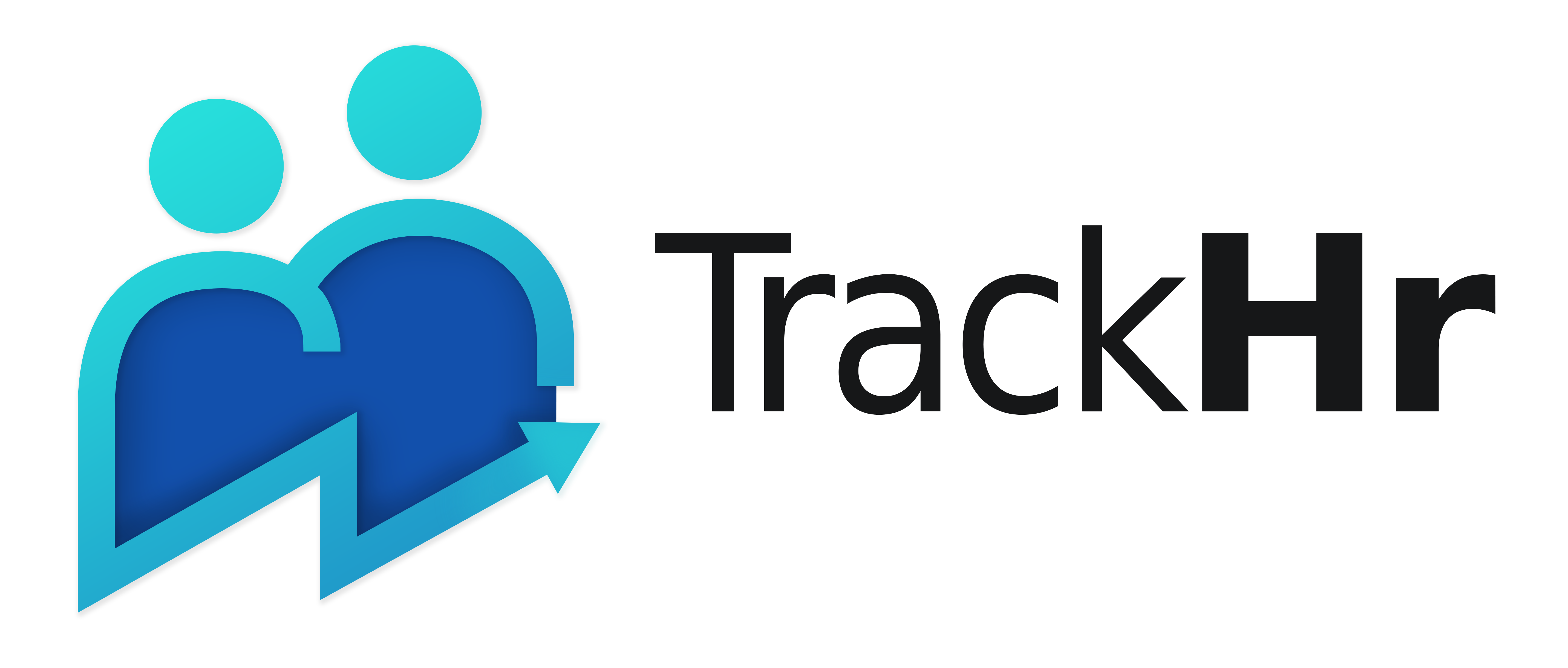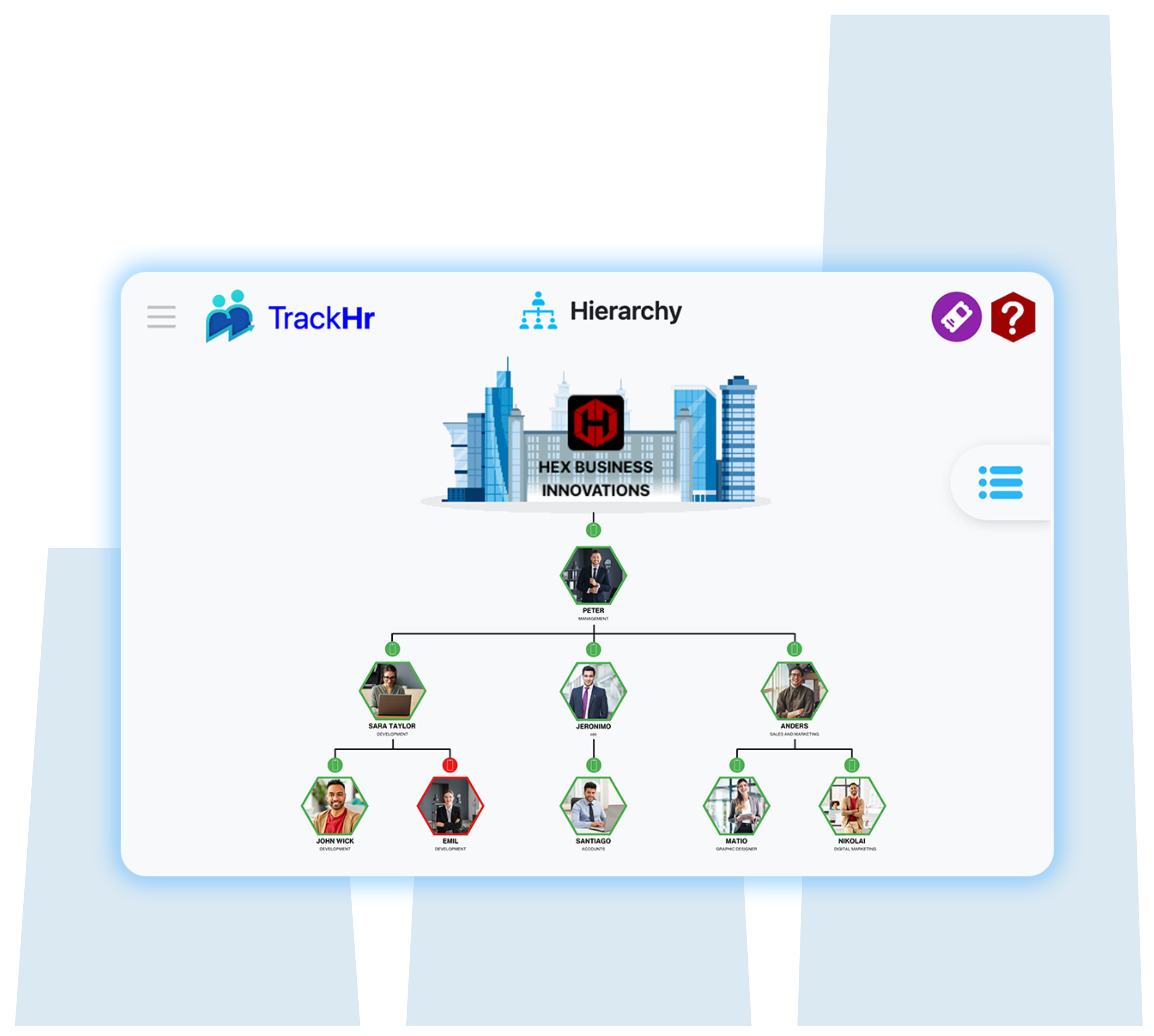Blog
The Pros and Cons of Remote Employee Monitoring
- April 12, 2025
- 11:14 am

As remote work becomes a permanent fixture in the modern business landscape, companies are increasingly turning to remote employee monitoring tools to manage their distributed teams. While monitoring can help maintain productivity and accountability, it also raises concerns about privacy and trust. Understanding the pros and cons of remote employee monitoring is essential to implementing it effectively and ethically.
The Pros of Remote Employee Monitoring
1. Boosts Productivity
Monitoring tools help ensure that employees stay focused and productive during work hours.
2. Increases Accountability
Employees are more likely to meet deadlines and performance goals when their work is being tracked.
3. Improves Resource Management
Employers can analyze how time and tools are used to optimize workflow and allocate resources efficiently.
4. Enhances Security
Monitoring can help prevent data breaches, misuse of company assets, and other security risks.
5. Provides Performance Insights
Analytics from monitoring tools offer valuable data for performance reviews and development plans.
The Cons of Remote Employee Monitoring
1. Privacy Concerns
Employees may feel uncomfortable or violated if they believe their privacy is being invaded.
2. Trust Issues
Excessive monitoring can signal a lack of trust, leading to disengagement or resentment.
3. Legal and Ethical Challenges
In some jurisdictions, employee monitoring is subject to strict privacy laws and requires consent.
4. Potential for Misuse
Without clear policies, data collected through monitoring could be misused or interpreted unfairly.
5. Negative Impact on Morale
A heavily surveilled work environment can reduce morale, creativity, and overall job satisfaction.
Best Practices for Ethical Monitoring
- Be Transparent: Inform employees about what’s being monitored and why.
- Set Clear Policies: Outline acceptable use and monitoring practices in employee handbooks.
- Use Data Responsibly: Focus on trends and insights, not micromanaging.
- Respect Privacy: Avoid tracking personal devices or off-hours activity.
- Encourage Feedback: Involve employees in discussions about monitoring tools and practices.
Conclusion
Remote employee monitoring can be a powerful tool for improving productivity and managing a distributed workforce—when used correctly. By understanding the advantages and drawbacks, and following ethical guidelines, businesses can strike a balance between performance and privacy. The goal is not to spy, but to support: empowering employees while keeping operations running smoothly.
Table of Contents
Exhausted from managing performance management manually?






